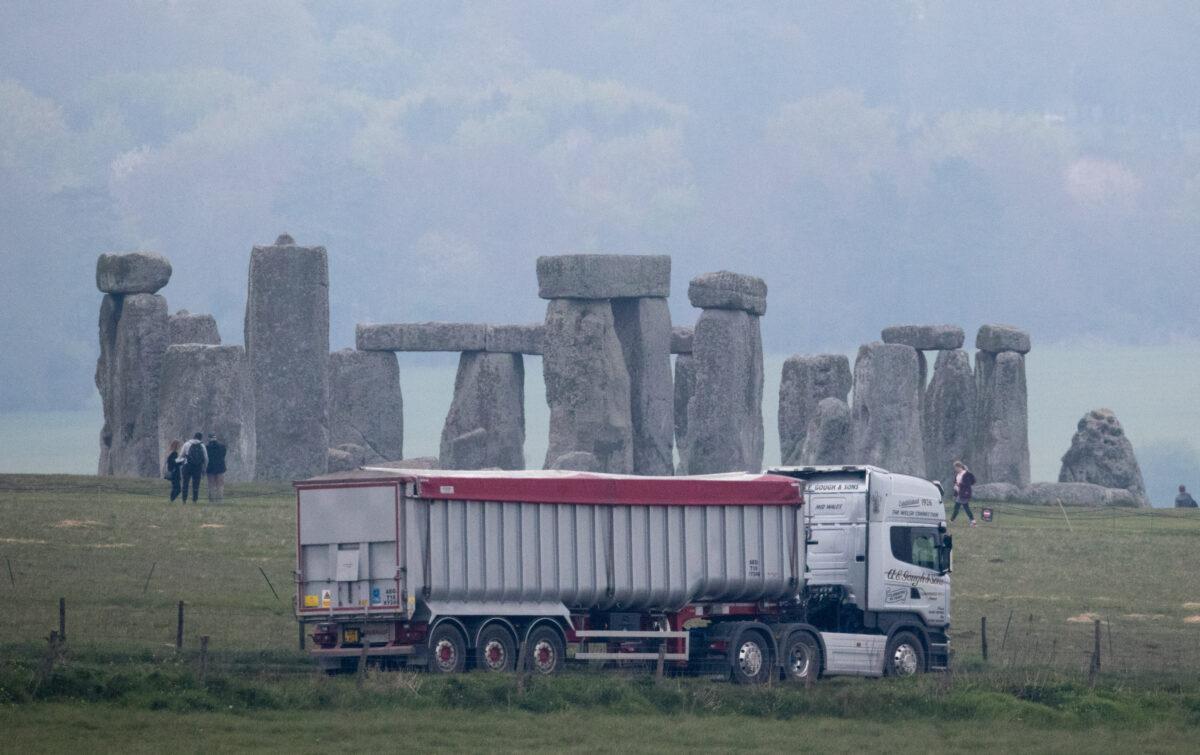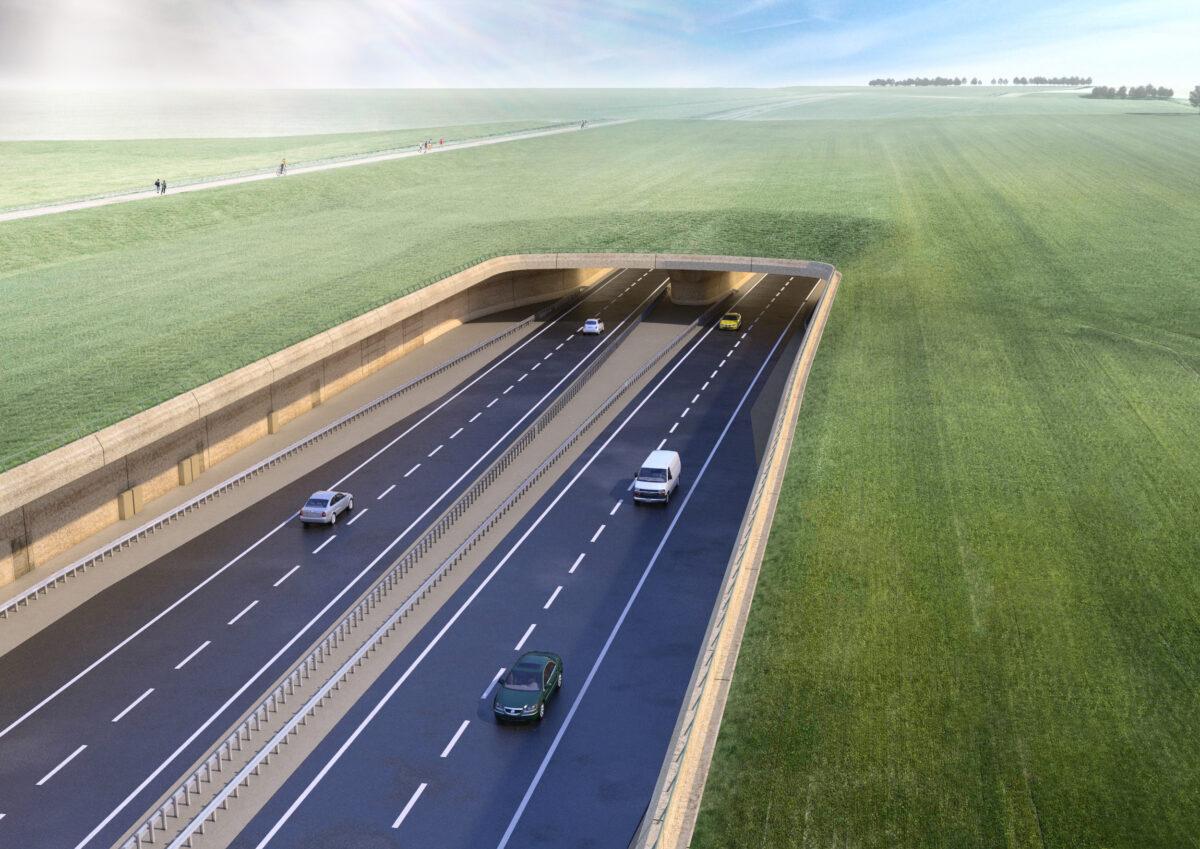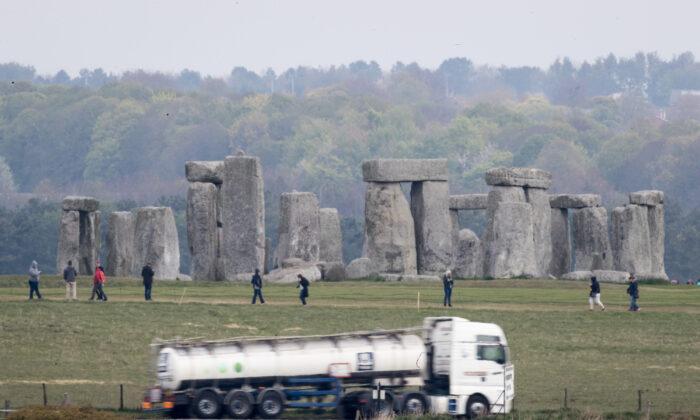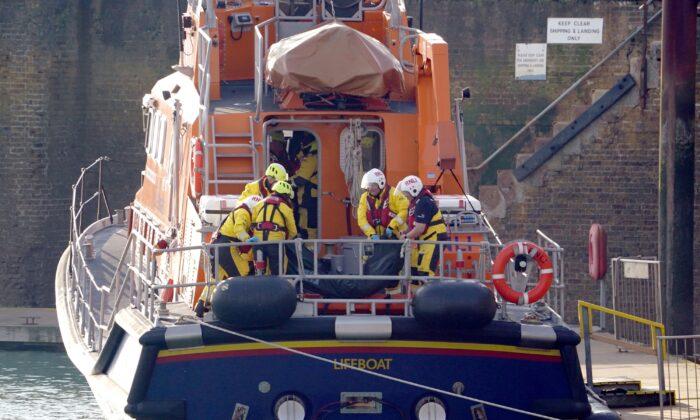The controversial £1.7 billion tunnel that will ferry traffic under Stonehenge has been given final planning permission by the Transport secretary, against the advice of planning officials.
Plans for the two-mile tunnel have been grinding their way through the planning system—and much opposition from campaign groups—for six years.
The inspectorate had recommended Shapps withhold consent, siding with the arguments made by campaigners and architects who warn that although it would shunt traffic away from the famous stones, construction would cause damage to the broader heritage site.

That recommendation was made by the inspectorate in January but only came to light today as the decision was announced.
The decision was welcomed by English Heritage, which owns the site.
Stonehenge sits near the A303, the main trunk road that runs between London and the holiday locations on the south coast.
The busy two-lane road narrows to one lane as it ploughs through the World Heritage site, with trucks and cars crawling within 200 yards of the stones, seeding bumper-to-bumper traffic that blights local towns and villages.
For decades, the nearby town of Amesbury has suffered most from the congestion, but benefited little from the tourist trade which is drawn only to the site itself.
Plans to widen the road have been periodically proposed and rejected over the years.
Tunnel plans were initially approved by the government in January 2017, with funding agreed earlier this year.

Stonehenge sits on a relatively unspoiled sweep of countryside rich in prehistoric barrows and burial sites. Archaeologists and campaigners have insisted all along that the tunnel plans would damage that heritage.
“The whole site is of outstanding universal value. The landscape around the henge is integral to its having been built, its meaning, its purpose,” said Fielden, who is also a former archaeologist.

The tunnel will be the longest road tunnel in the country.






Friends Read Free